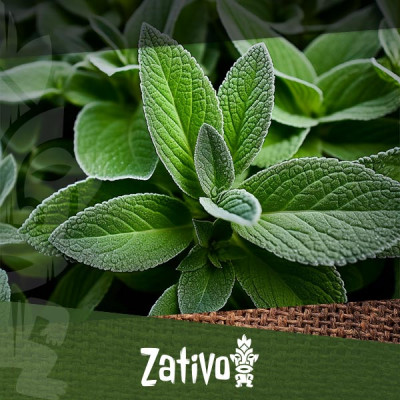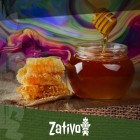Don't have an account?
Register NowYou have to add to cart at least 5 bottles or any program to make checkout.
- BlogHow To Use Salvia Divinorum Safely
How To Use Salvia Divinorum Safely
Published: October 30th, 2023
Categories:
Plants and Seeds
Whether you’re interested in psychedelics from a neurochemistry perspective or a more spiritual one, you’ve probably heard of Salvia divinorum, a hallucinogen also known by the moniker of “seer’s sage”. This member of the Lamiaceae (mint) family features large, green, ovate leaves, delicate white flowers, and grows to a height of 1m.
The field of ethnobotany has discovered a traditional use of the plant that spans back to Mazatec populations in a small region of Mexico. However, a botany expedition involving Albert Hofmann (the man who first synthesised LSD) and Gordon Wasson (the famed CIA-funded ethnomycologist) brought Salvia divinorum to the West, and eventually much of the rest of the world.
Mazatec shamans of the contemporary era continue to use the plant for visionary purposes, and curious minds all over the planet seek out salvia when chasing alternative states of consciousness. Most seasoned psychonauts seem to have no reservations when it comes to partaking in psilocybin mushrooms, mescaline cacti, LSD, and even DMT. However, a certain atmosphere of caution exists around the consumption of salvia.
So, what makes salvia so notorious? And what do you need to consider before exposing yourself to the rather terrifying effects of this New World plant? Find out everything you need to know below.
What Are the Effects of Salvia Divinorum?
Researchers have described Salvia divinorum as a “pharmacological riddle”. Unlike classical serotonergic psychedelics (LSD, DMT, and the like) that target the serotonin 2A receptor, salvia’s active constituent, known as salvinorin A, targets the kappa-opioid receptor, unleashing perhaps the most intense psychedelic experience available in nature. However, some scientists and philosophers disregard the reductionist one-molecule, one-receptor paradigm, and suppose that additional chemicals must be at work to produce such reality-bending states.
Regardless of exactly how salvia produces such an intense experience, its effects are relatively uniform according to the subjective accounts of partakers and data gathered during scientific research. A paper published in the International Journal of Neuropsychopharmacology describes the effects as dissociative; the active compounds block external sensory perception and even modulate the sense of body ownership. Typically, the drug catapults users into a confusing and overwhelming visual experience.
Why Does Salvia Have Such a Bad Reputation?
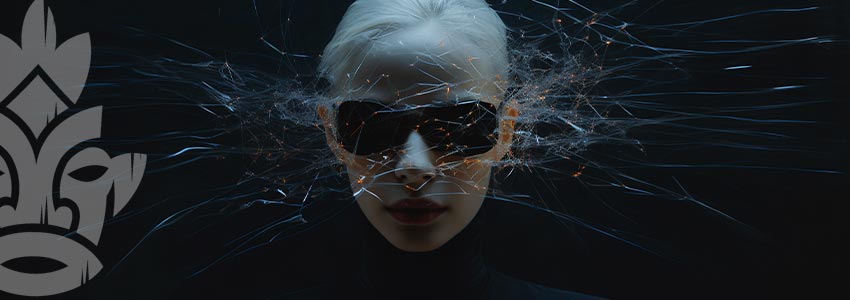
Salvia has gained somewhat of a bad reputation over the years. Once freely available in head shops and as easy to buy as a packet of cigarettes, scores of young and naïve individuals ended up in the local park, huddled around a pipe or bong, unwittingly tearing apart the fabric of their reality. Even if you’re somewhat prepared for the experience, partaking in salvia comes with several side effects, including:
• Lightheadedness
• Derealisation
• Depersonalisation
• Spatiotemporal dislocation
• Hyperalgesia
Side effects aside, even the core desired effect of salvia—the trip—can leave some users feeling existentially rattled and much worse off mentally than they were prior to the experience. Pharmacologist and author Andrew Gallimore documents one such case in his article subtitled “The horrifying medicinal chemistry of super-potent, irreversible, salvinorin analogues”.
This piece covers the trip of American ethnobotanist Daniel Siebert who smoked 2.5mg of homemade salvia extract. He claims he was “shaken to the soul” by an experience that included losing all memory of ever having existed as a human being. Other anecdotes include users undergoing what felt like month-long experiences condensed into a matter of minutes.
The more resilient among us can handle these experiences and swiftly return to our normal reality. Others struggle with ongoing existential angst, and others, unfortunately, experience the onset of psychosis and subsequent hospitalisation.
Before smoking salvia, it’s important to have a thorough understanding of the risks and effects. Once you’ve weighed them up and know exactly what you’re consenting to, it’ll help to check out the information below to optimise the experience.
How to Use Salvia Divinorum
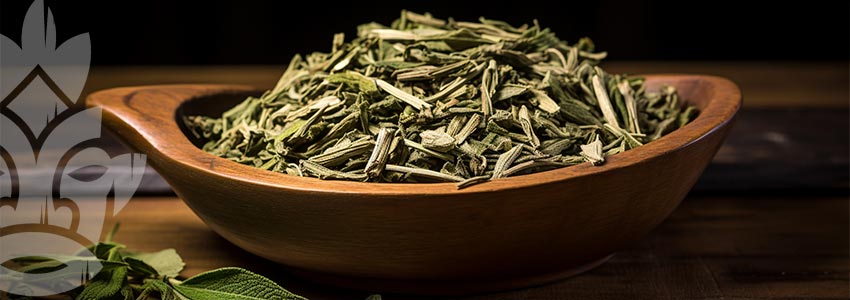
There are several different ways to consume Salvia divinorum, the three most common of which are detailed below.
Smoking Dried Leaves
Many choose to smoke salvia using a pipe or bong. This allows for swift inhalation of the active compounds, resulting in a rapid onset of effects. You’ll need to crush up the dried leaves into a coarse powder, place a mesh screen in your bowl, and then place in a small quantity of the powder. Put a flame to the salvia, inhale slowly, and hold for several seconds before exhaling.
Chewing
Some users claim that drying and smoking salvia leaves results in an adulterated experience, and that only fresh leaves can provide the real experience because of their preserved chemical composition. Whether true or not, this route of administration simply involves chewing on some fresh leaves for up to 30 minutes while the phytochemicals mix with your saliva. Obviously, you’ll need access to a living plant.
Tea
Some users also choose to take salvia in the form of a tea. To accomplish this, dried leaves are crushed up, placed in a teapot, then allowed to steep for 10 minutes. Though you can technically take salvia this way, we advise against this route of consumption due to associated adverse reactions, including confusion and heightened blood pressure.
How to Dose Salvia Divinorum
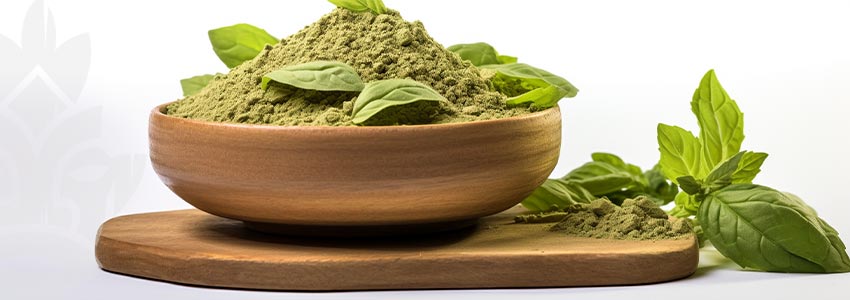
When smoked, it takes just 200–500mcg of salvinorin A to produce a psychoactive effect. However, the levels of this compound can vary in the leaves, depending on how the plant is grown. Additionally, many different concentrations of salvia extract are available. When it comes to chewing the leaves, the recommended dose is an arbitrary “several whole leaves”. To stay on the safe side, use leaves instead of extracts, and start out with very small quantities.
Top Tips for Using Salvia to Have a Good Trip
Salvia certainly poses the risk of a bad trip. When using the herb, it’s important to keep the following factors in mind to reduce the risk of a negative experience.
Prepare Your Mind
You need to know what you’re getting into. Many naïve minds have fallen prey to salvia by greatly underestimating what it is and what it does to the human brain. Don’t expect a similar effect to smoking weed, where you can sit back and watch the telly. It’s more akin to a breakthrough DMT experience.
Prepare the Space
Open a new tab and bring up YouTube. Search for “salvia freakouts”. Watch the first video that comes up. With this in mind, prepare your space well. Remove any objects that you could fall onto, any naked flames that could cause a house fire, and any fragile objects that could smash to pieces.
Check the Dose!
If you can’t access leaves, you can probably procure salvia extract of some kind. Just make sure you’re entirely confident of the dose before inhaling anything. It’s critical to start out with small quantities to avoid an overwhelming experience. With that said, even small doses can cause adverse reactions in some people. The dosing guidelines for salvia are arbitrary at best, so when in doubt, start with a small amount.
Use a Torch Lighter
A torch lighter will help to combust the plant material in the bowl well. However, only use one with a locking mechanism if you've got a responsible trip sitter around. Otherwise, you risk dropping an ignited lighter and combusting your immediate environment.
Don’t Mix With Other Substances
Let’s humble ourselves here. Some psychonauts get the idea in their head that they’re somehow contributing to the progression of the human race by consuming a cocktail of drugs that no one else ever has. They hope this pioneering chemical concoction will allow them to tap into some sort of esoteric knowledge or place them in the history books. There’s a big difference between biochemistry and bro science. Do you really want to combine existential angst and a hangover? Or layer your experience with the potential paranoia of cannabis?
Set and Setting
Most psychonauts are familiar with the tenets of set and setting. Coined by Timothy Leary—the self-appointed “high priest of LSD”, who also had a rather strange relationship with the CIA—this term refers to an individual’s mindset and their immediate environment. Entering any psychedelic experience requires the user to have a relatively clear and stress-free frame of mind. Likewise, a safe and secluded setting is always superior to a loud, busy, and potentially dangerous external environment.
Switch Off Devices
Switch off your devices. The pings and dings of social media will distract you and possibly annoy you. Make sure your trip sitter has their phone on and ready to use in case of an emergency, but set to silent so as not to disrupt your mental state.
Use a Trip Sitter
If you searched for and watched the video mentioned above, you’ll realise just how important trip sitters are when using salvia. You can’t predict what you’ll see or how your physical body will move around and respond to internal imagery and disorientation. Have a sober, responsible, and trusted friend nearby at all times.
Is Salvia Divinorum Safe?
Pharmacologically, salvia appears to have low toxicity. However, it’s the effects themselves that pose a danger to some people. Using salvia opens up both the possibility of mental health issues, including psychosis, and physical harm caused by disorientation, falling, or taking the drug in an unsafe environment without proper supervision.
Is Salvia Addictive?
Salvia isn’t likely to be addictive in the same way as more commonly abused drugs, such as painkillers and nicotine. Right now, the abuse potential of salvia remains unknown.
The Seer’s Sage: Proceed With Safety in Mind
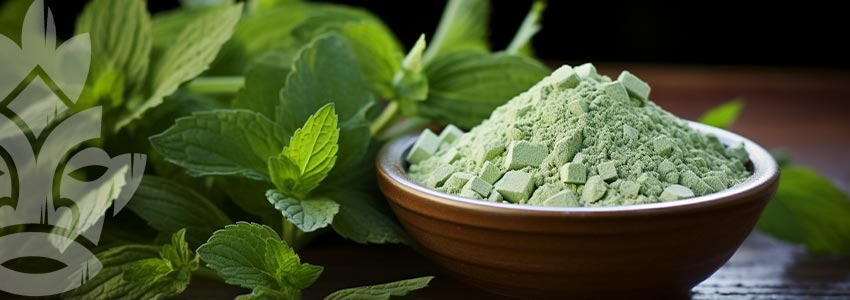
There you have it—you’re now better acquainted with what could be the most potent hallucinogen found in nature. You know more about its effects and plenty about its potential dangers. While probably not addictive, salvia does pose a very real risk of mental and physical harm in some people. Weigh up the risks and rewards in order to make an informed decision before lighting up a bowl of this potent plant.

